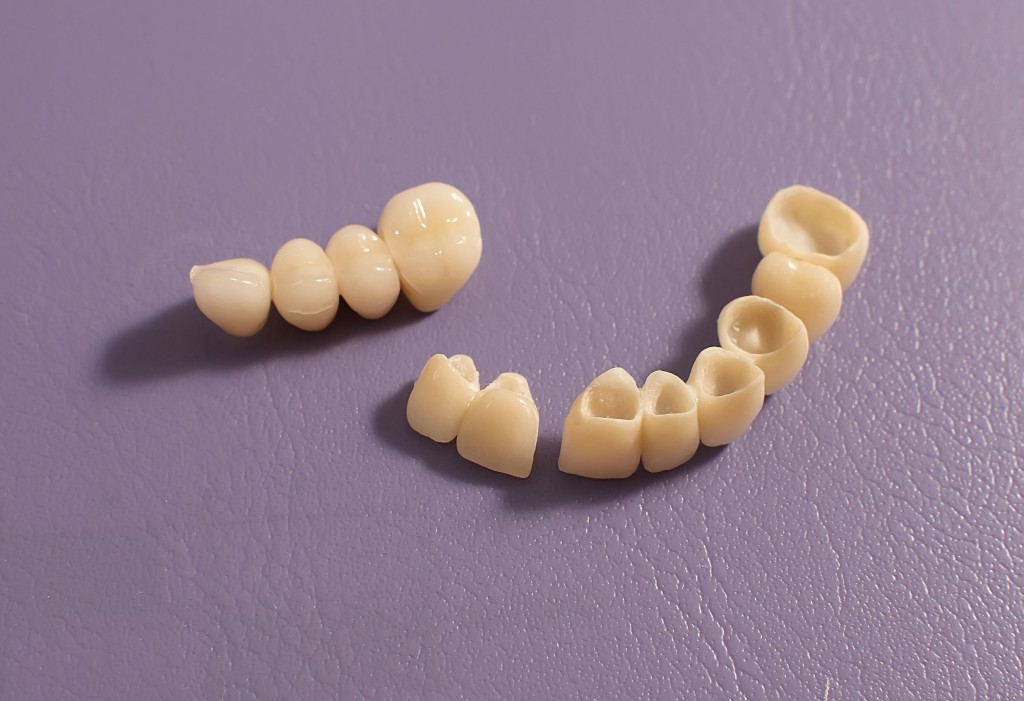 A Dental Bridge is one of the most effective methods of replacing missing teeth. Generally categorized as fixed prosthesis, these restorations are of several types based on the individual requirements of the patients. The conventional bridge which is the most popular of all types is fabricated by fusing porcelain to metal. It fulfills the strength and aesthetic requirements of the restoration ideally and is therefore preferred by dentists globally.
A Dental Bridge is one of the most effective methods of replacing missing teeth. Generally categorized as fixed prosthesis, these restorations are of several types based on the individual requirements of the patients. The conventional bridge which is the most popular of all types is fabricated by fusing porcelain to metal. It fulfills the strength and aesthetic requirements of the restoration ideally and is therefore preferred by dentists globally.
Dental Bridges have excellent durability and may not require replacement if adequate cleaning and maintenance is practiced.
Some common indications for fixed dental bridges include:
- Missing teeth due to trauma or accidents
- Maintenance of ideal facial contour
- Restoring the ideal smile
- Preventing adjacent teeth from becoming mobile, or drifting into the empty spaces
- Maintaining proper occlusion
- Restoring dental function (mastication and speech)
- Replacement of other prosthesis such as removable partial dentures
Quite similar to crowning procedures, dental bridges are also placed in two appointments. During the first appointment, the patient may be given local anesthesia to eliminate the discomfort of shaping teeth adjacent to the empty space for bridge placement. Once the adjacent teeth have been ideally shaped, an impression is taken to record the dimensions of the gap so as to fabricate a custom bridge. This impression is then sent to the laboratory, where technicians prepare the fixed, permanent bridge. The fabrication of the bridge may take at least a week, during which the patient may be provided with a temporary prosthesis/restoration in order to fulfill the functional requirements.
When the patient is recalled for the second appointment, the dental surgeon adjusts the newly fabricated bridge onto the adjacent teeth to achieve the ideal fit. Once the bridge has been adjusted, it is permanently cemented. In certain cases, dental surgeons initially use a temporary cement to fix the bridge allowing the soft tissues to as well as the teeth to adjust to the newly placed structure.
After the cementation of the bridge, the patients are provided with a comprehensive set of instructions on how to maintain ideal oral hygiene. Patients are encouraged to appear for all follow up visits for the evaluation of the bridge.
Please take a moment to watch our video on the procedure for a Dental Bridge.








